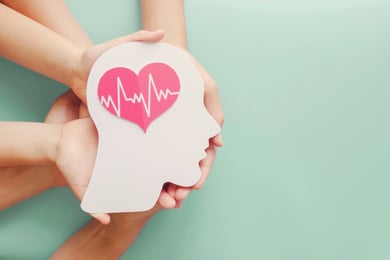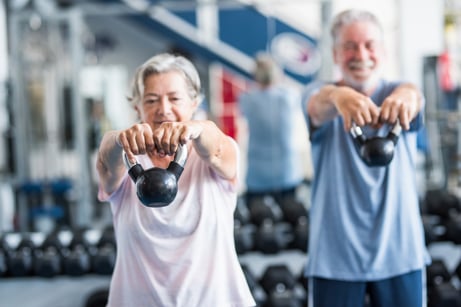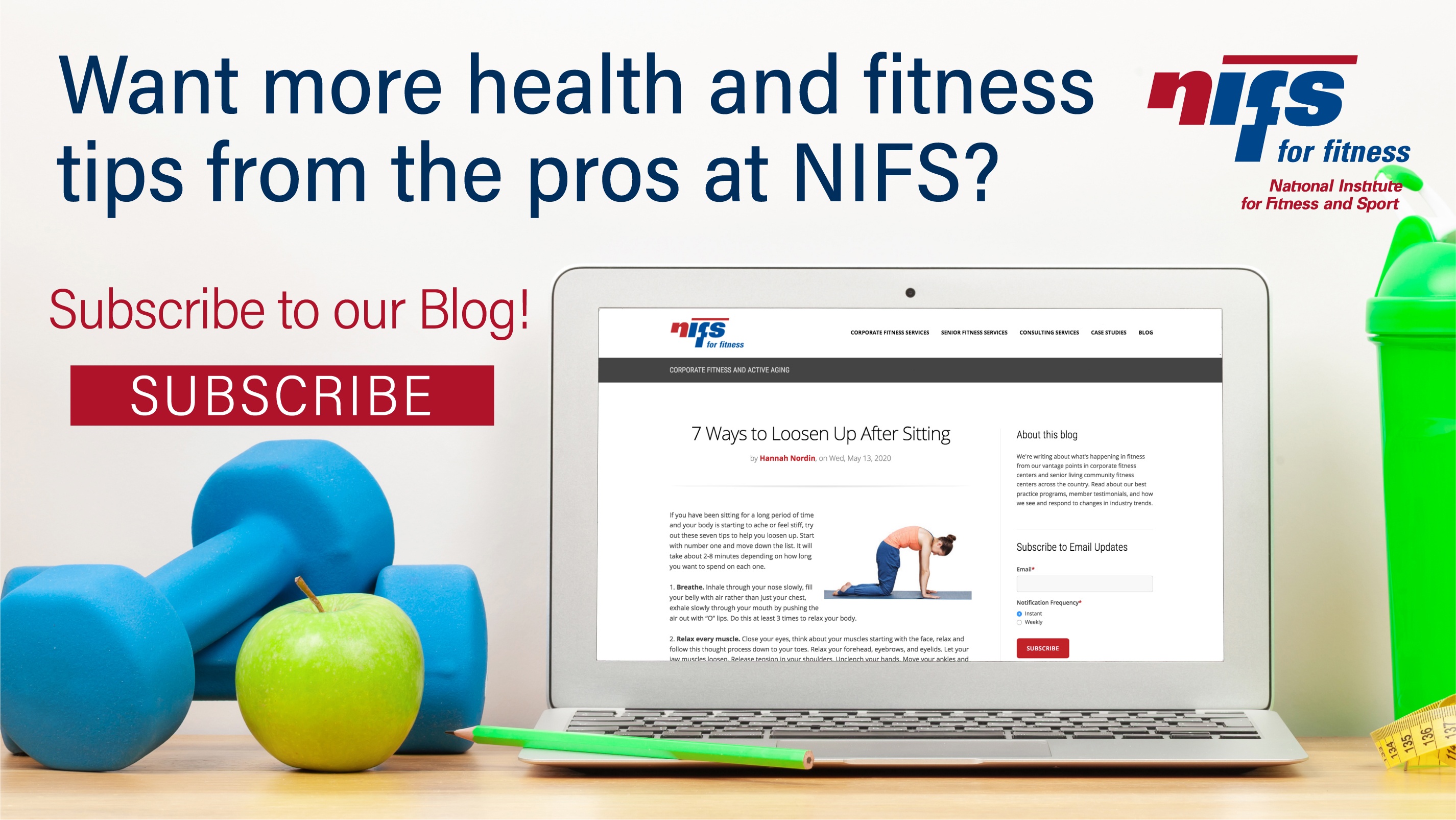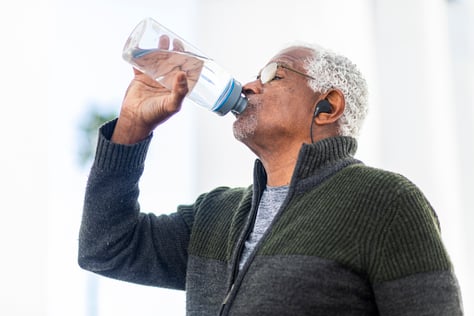 Mental health has been a growing topic of conversation over the last few years, and for good reason. The first step of mental health awareness is being comfortable enough to talk about it. This topic is no longer taboo, and people are learning to prioritize their mental health. According to the CDC, “Mental health includes our emotional, psychological, and social well-being. It affects how we think, feel, and act.” Mental illness effects millions of people in the U.S. each year. It’s important to measure how common mental illness is so that we can recognize that no one is alone in their battles.
Mental health has been a growing topic of conversation over the last few years, and for good reason. The first step of mental health awareness is being comfortable enough to talk about it. This topic is no longer taboo, and people are learning to prioritize their mental health. According to the CDC, “Mental health includes our emotional, psychological, and social well-being. It affects how we think, feel, and act.” Mental illness effects millions of people in the U.S. each year. It’s important to measure how common mental illness is so that we can recognize that no one is alone in their battles.
- 1 in 5 U.S. adults experience mental illness each year.
- 1 in 20 U.S. adults experience serious mental illness each year.
- 1 in 6 U.S. youth aged 6-17 experience a mental health disorder each year.
- 50% of all lifetime mental illness begins by age 14, and 75% by age 24.
- Suicide is the 2nd leading cause of death among people aged 10-34.
Mental and physical heath are equal components of overall health, and they often go hand in hand. For example, chronic exposure to stress hormones can cause an increased risk for heart disease, heart attacks, high blood pressure, strokes as well as many other negative health effects.
It is important that we take time to focus on our own mental health, and here is a list of ways you can prioritize your mental well-being:
- Get Active - Exercise has been proven to boost your mood, improve self-esteem, improve sleep, reduce stress, and diminish feelings of anxiety and depression.
- Establish Boundaries - If you agree to everything, you won’t have time to relax and decompress. If you say yes to everything and are constantly on the go, you won’t have time to prioritize your mental health. You need to set boundaries.
- Avoid Negative Self-Talk – Negative self-talk will increase feelings of anxiety and depression. It can cause an increase in stress levels and lower self-esteem.
- Create Support System - Keeping your mental health struggles from loved ones doesn’t help anything. The sooner you open up about these struggles, the sooner you can receive treatment.
- Become Aware of your own feelings – Many people will ignore and avoid their feelings and go about their day like nothing is wrong. If you don’t address your feelings, it will build up until you reach a breaking point.
- Eat nutritious meals – A healthy, well-balanced diet can help us think clearly and feel more alert. It can also improve concentration and attention span. A poor diet can lead to fatigue, impaired decision-making and attention span. It can lead to an increase in stress and depression.
- Reach out to a professional – Therapy is a great way to help identify your stressors, learn about your emotions, and receive a plan to address those issues.
Getting stressed out at work if perfectly normal, but when stress and anxiety is persistent and overwhelming, it needs to be managed properly. It is important to seek help when these feelings are taking over your daily life.

 High intensity interval training (HIIT) sounds like something that is best for the 20-40 year old or athletes, however research begs to differ. Studies show that high intensity interval training is good for all ages, even if there are chronic health issues and you’re not a lifelong exerciser. In fact, HIIT workouts may be able to
High intensity interval training (HIIT) sounds like something that is best for the 20-40 year old or athletes, however research begs to differ. Studies show that high intensity interval training is good for all ages, even if there are chronic health issues and you’re not a lifelong exerciser. In fact, HIIT workouts may be able to 
 The correct footwear plays a vital role in your time running on the road or just walking around at home or work. But what makes a good running shoe? With a wide variety of options it can be hard to determine the best fit for your foot type. Knowing if your foot is normal, flat, or high-arched can play a role in the type of shoe best for you. An employee at a fitness store should be able to help you determine the best type of shoe for your foot.
The correct footwear plays a vital role in your time running on the road or just walking around at home or work. But what makes a good running shoe? With a wide variety of options it can be hard to determine the best fit for your foot type. Knowing if your foot is normal, flat, or high-arched can play a role in the type of shoe best for you. An employee at a fitness store should be able to help you determine the best type of shoe for your foot.
 These are both great questions and very important to the older adult population. I hear all the time that people don’t like to drink water because they will need to go the restroom more. This can be an inconvenient especially during the night but in the long term we need to make sure we stay hydrated. Proper hydration is essential in keeping multiple systems of the body functioning properly. Most people need to drink at least three liters of water per day. You can get this water from many different sources including vegetables. If you can get one liter from what you eat during the day with a fruit and vegetable rich diet, then you will only need to drink two liters.
These are both great questions and very important to the older adult population. I hear all the time that people don’t like to drink water because they will need to go the restroom more. This can be an inconvenient especially during the night but in the long term we need to make sure we stay hydrated. Proper hydration is essential in keeping multiple systems of the body functioning properly. Most people need to drink at least three liters of water per day. You can get this water from many different sources including vegetables. If you can get one liter from what you eat during the day with a fruit and vegetable rich diet, then you will only need to drink two liters.